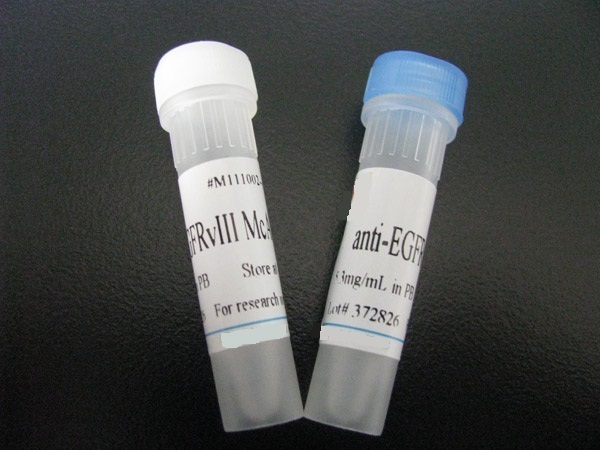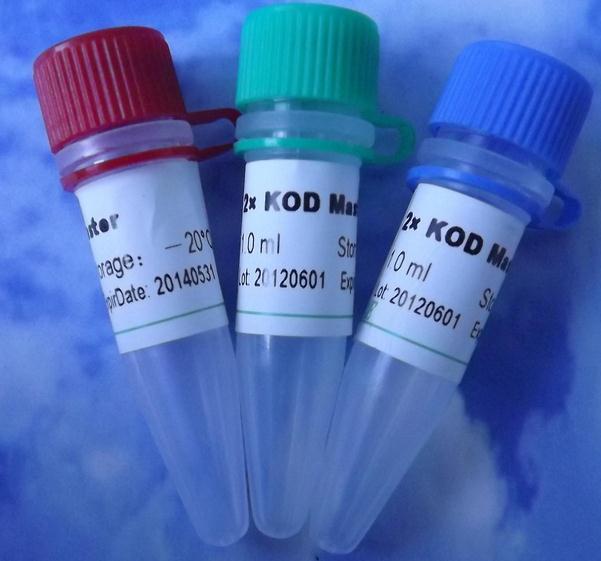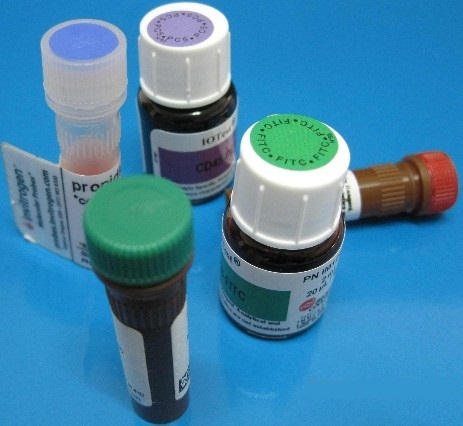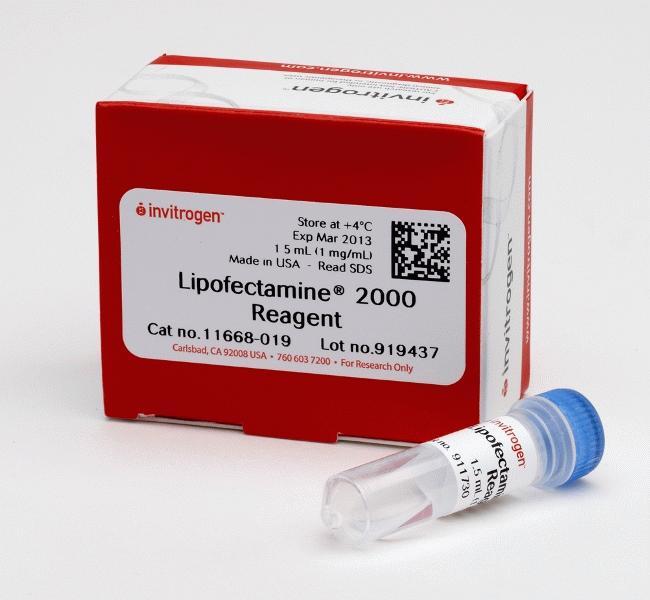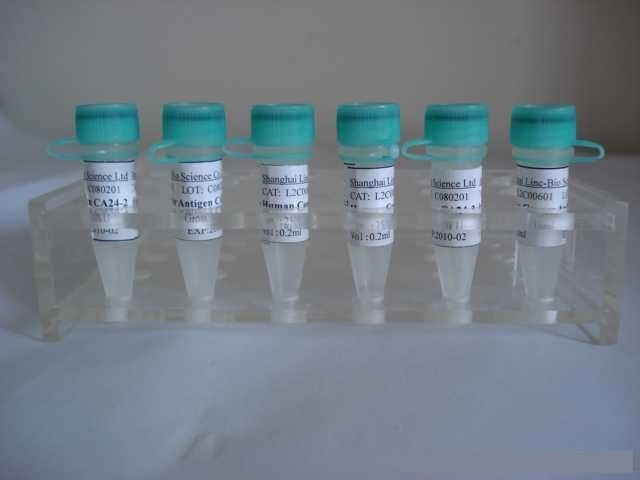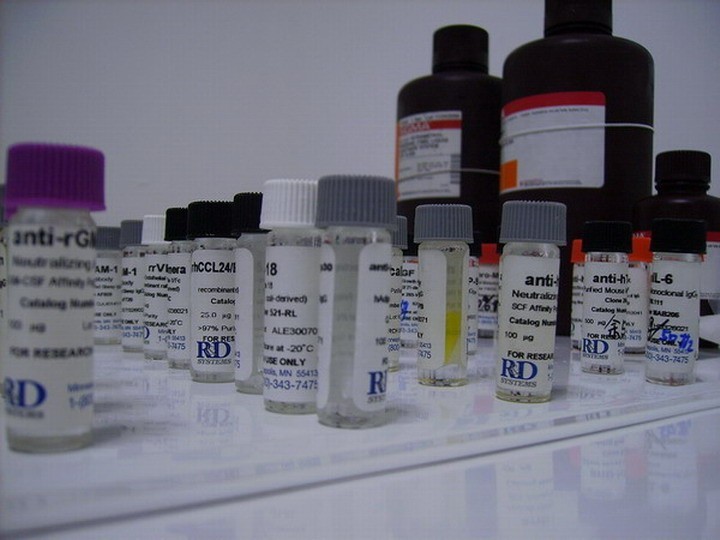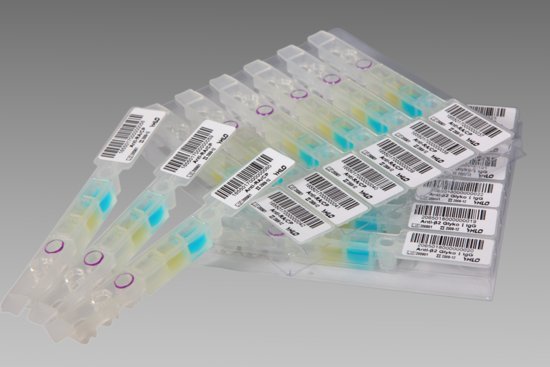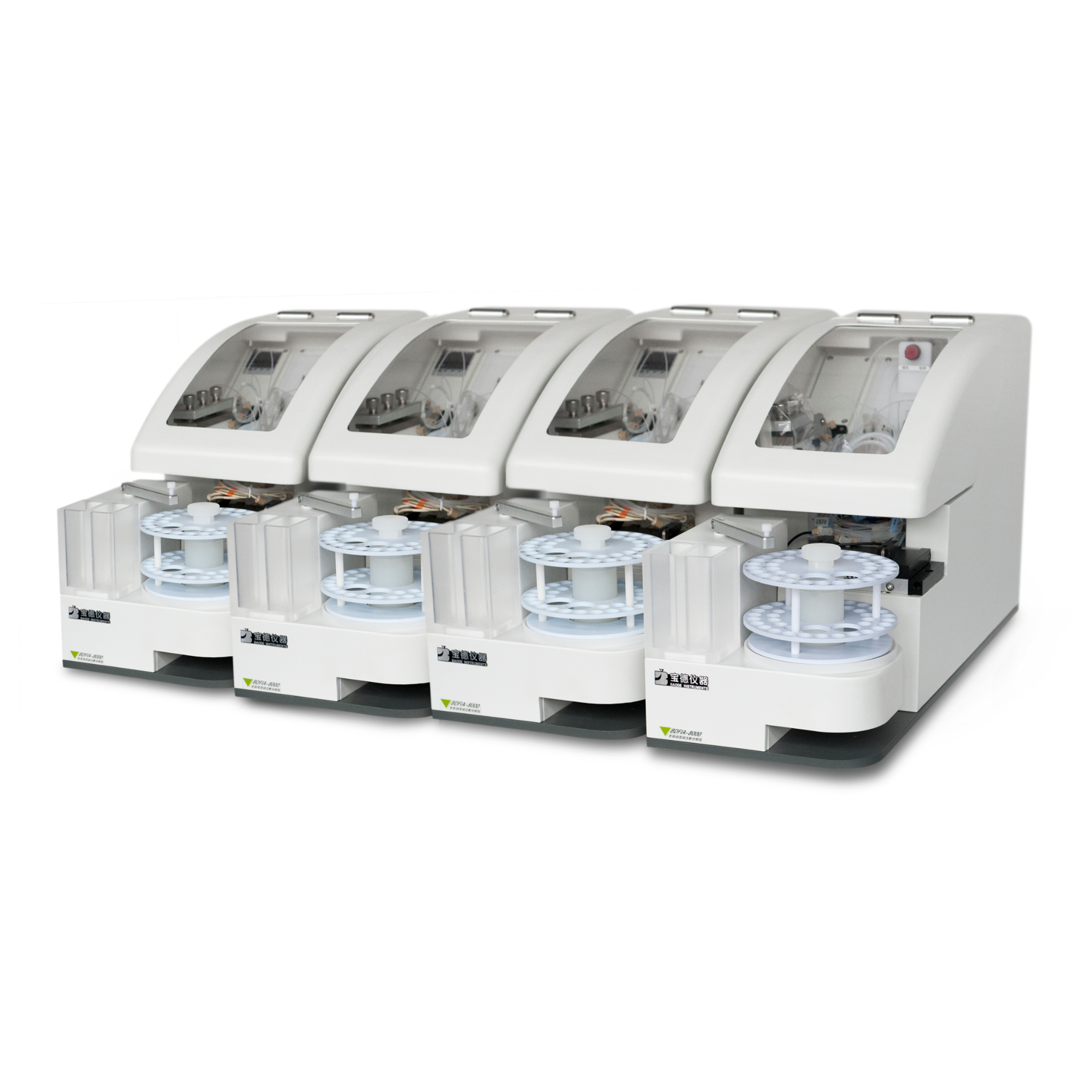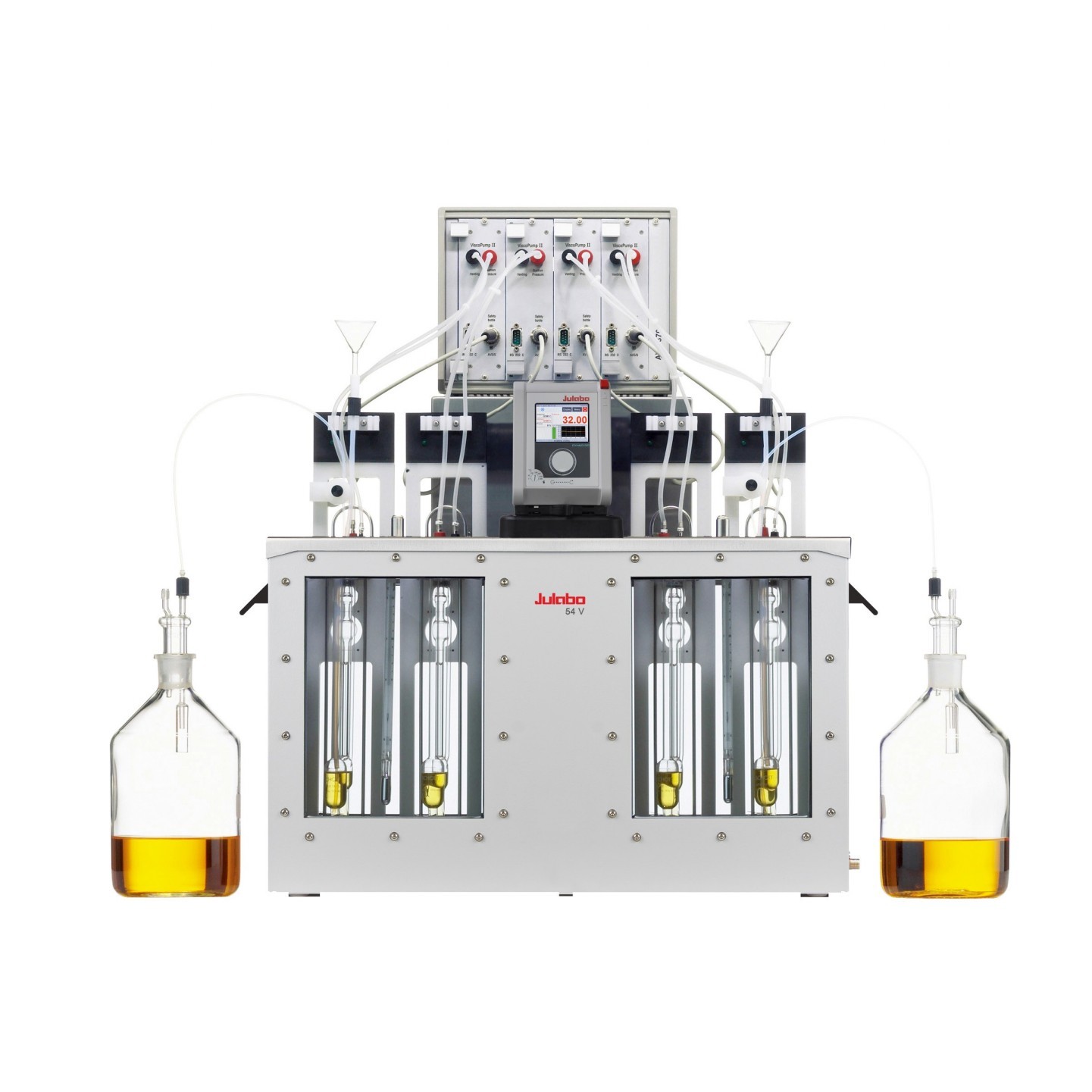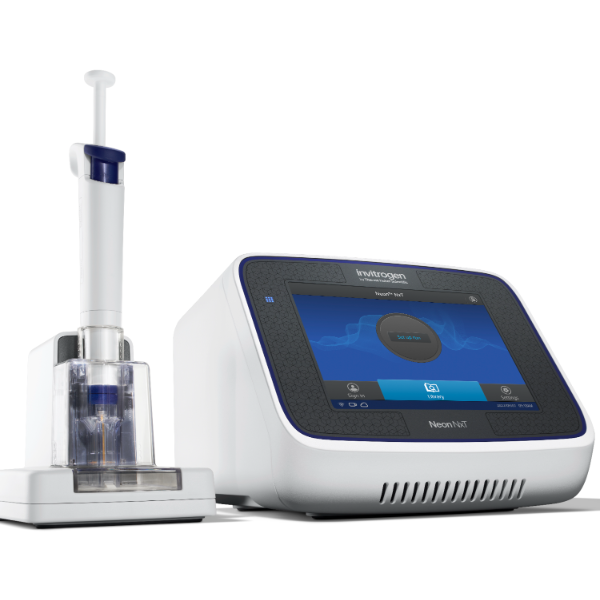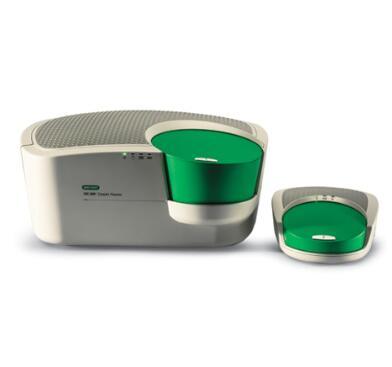浓 度 1mg/1ml
规 格 0.2ml/200μg
抗体来源 Rabbit
克隆类型 polyclonal
交叉反应 Human, Mouse, Dog, Cow, Horse, Rabbit
产品类型 一抗
研究领域 细胞生物 发育生物学 神经生物学 信号转导 细胞周期蛋白 细胞分化 表观遗传学
蛋白分子量 predicted molecular weight: 65kDa
性 状 Lyophilized or Liquid
免 疫 原 KLH conjugated synthetic peptide derived from human DLL3
亚 型 IgG
纯化方法 affinity purified by Protein A
储 存 液 Preservative: 15mM Sodium Azide, Constituents: 1% BSA, 0.01M PBS, pH 7.4
产品应用 WB=1:100-500 ELISA=1:500-1000 IP=1:20-100 IHC-P=1:100-500 IHC-F=1:100-500 IF=1:100-500
(石蜡切片需做抗原修复)
not yet tested in other applications.
optimal dilutions/concentrations should be determined by the end user.
保存条件 Store at -20 °C for one year. Avoid repeated freeze/thaw cycles. The lyophilized antibody is stable at room temperature for at least one month and for greater than a year when kept at -20°C. When reconstituted in sterile pH 7.4 0.01M PBS or diluent of antibody the antibody is stable for at least two weeks at 2-4 °C.
Important Note This product as supplied is intended for research use only, not for use in human, therapeutic or diagnostic applications.
Notch信号通路Delta样配体3抗体产品介绍 Delta-like 3 (DLL3) is a transmembrane Delta-like protein that inhibits primary neurogenesis. It may be required to divert neurons along a specific differentiation pathway and plays a role in the formation of somite boundaries during segmentation of the paraxial mesoderm. DLL3 is one of five DSL proteins that bind to the Notch receptor and activates Notch signaling.
Function : Inhibits primary neurogenesis. May be required to divert neurons along a specific differentiation pathway. Plays a role in the formation of somite boundaries during segmentation of the paraxial mesoderm.
Subunit : Can bind and activate Notch-1 or another Notch receptor (Probable).
Subcellular Location : Membrane; Single-pass type I membrane protein (Probable).
Tissue Specificity : Predominantly expressed in the neuroectoderm and paraxial mesoderm during embryogenesis.
Post-translational modifications : Ubiquitinated by MIB (MIB1 or MIB2), leading to its endocytosis and subsequent degradation.
DISEASE : Note=A truncating mutation in Dll3 is the cause of the pudgy (pu) phenotype. Pudgy mice exhibit patterning defects at the earliest stages of somitogenesis. Adult pudgy mice present severe vertebral and rib deformities.
Similarity : Contains 1 DSL domain.
Contains 6 EGF-like domains.
![]()




